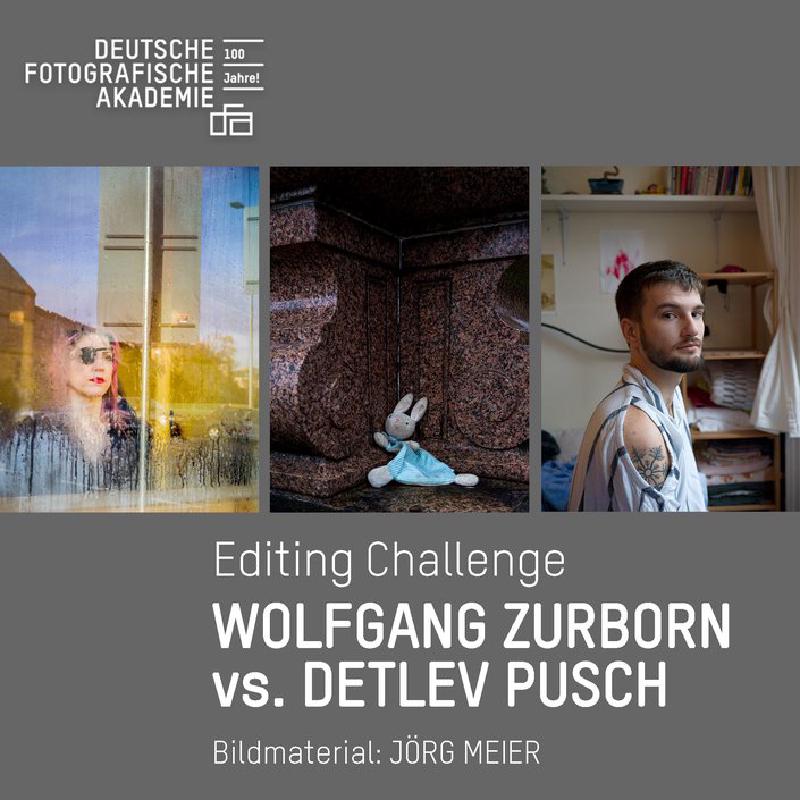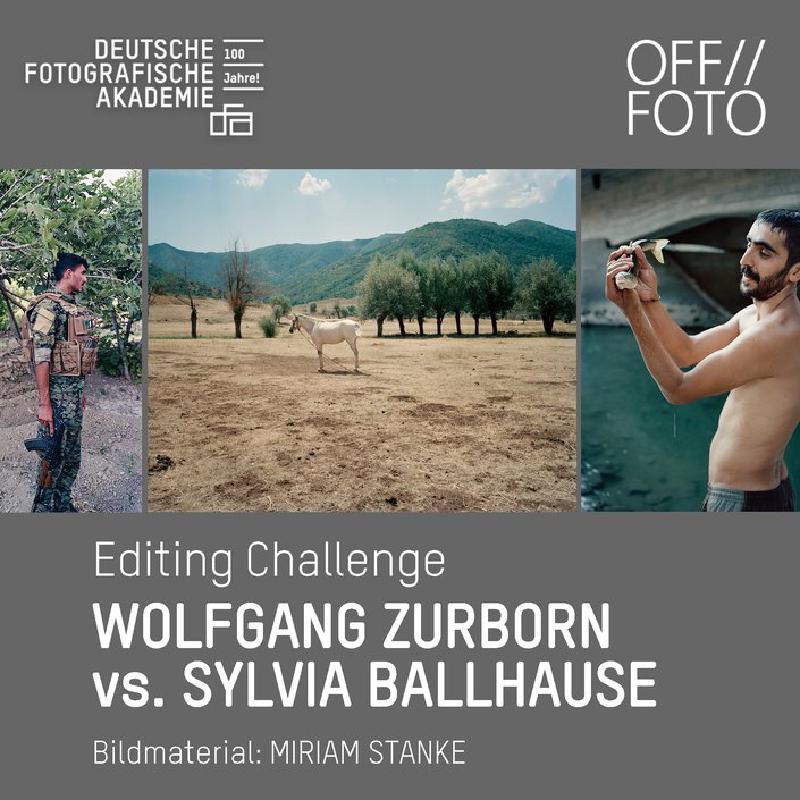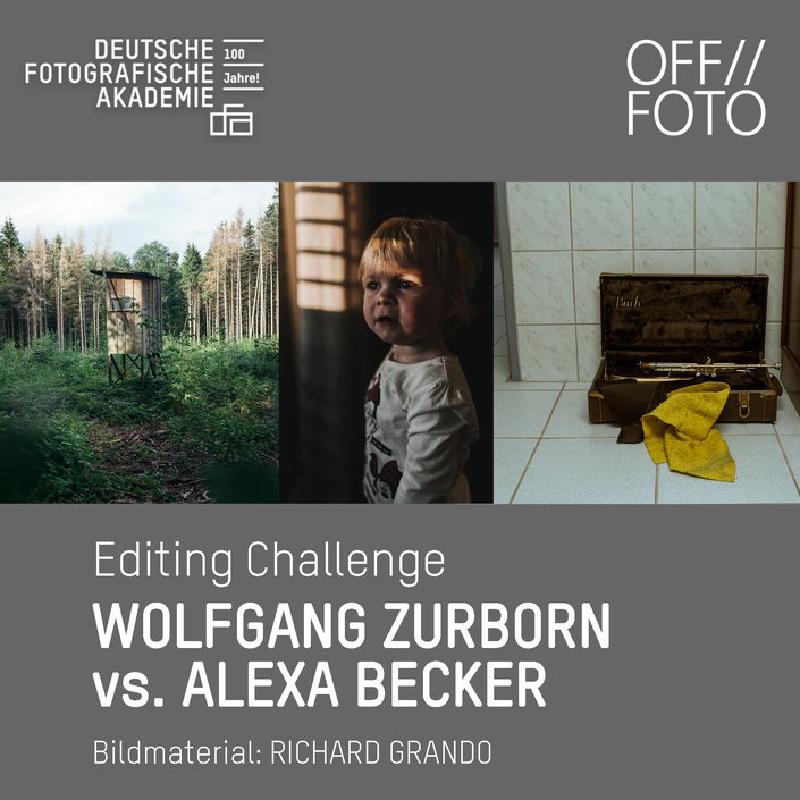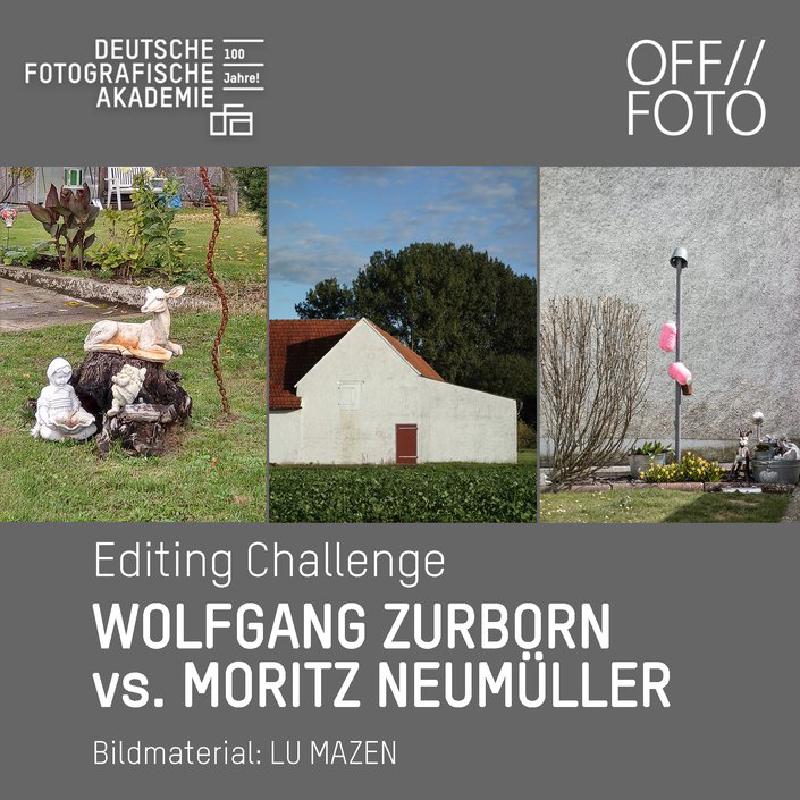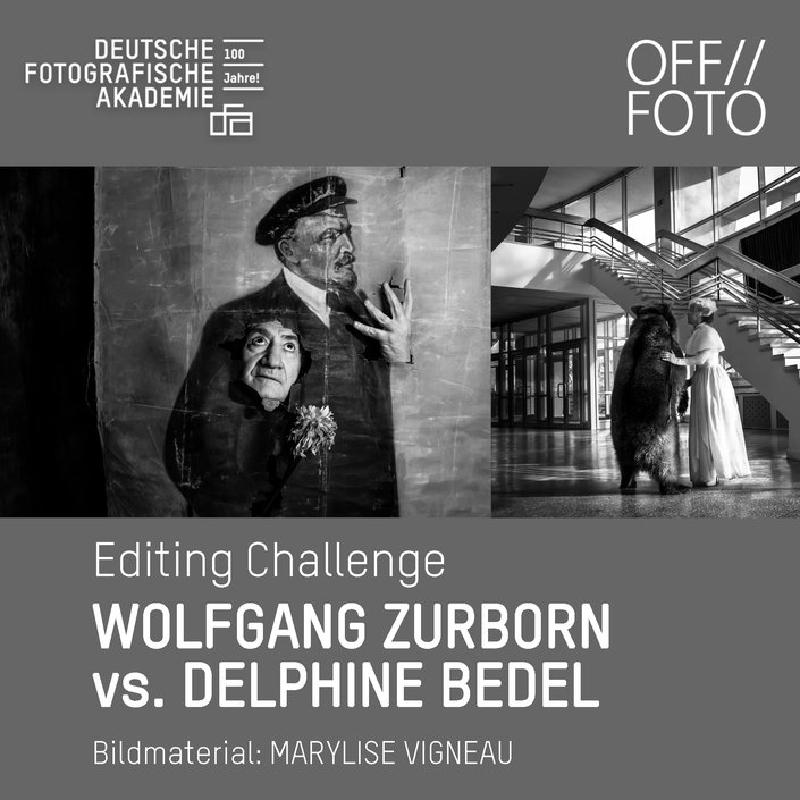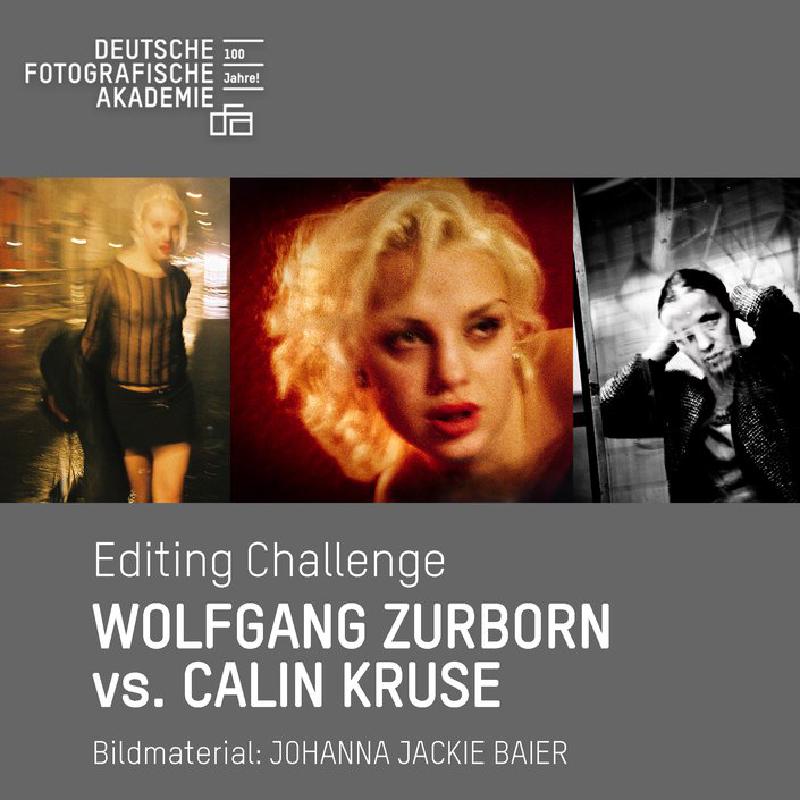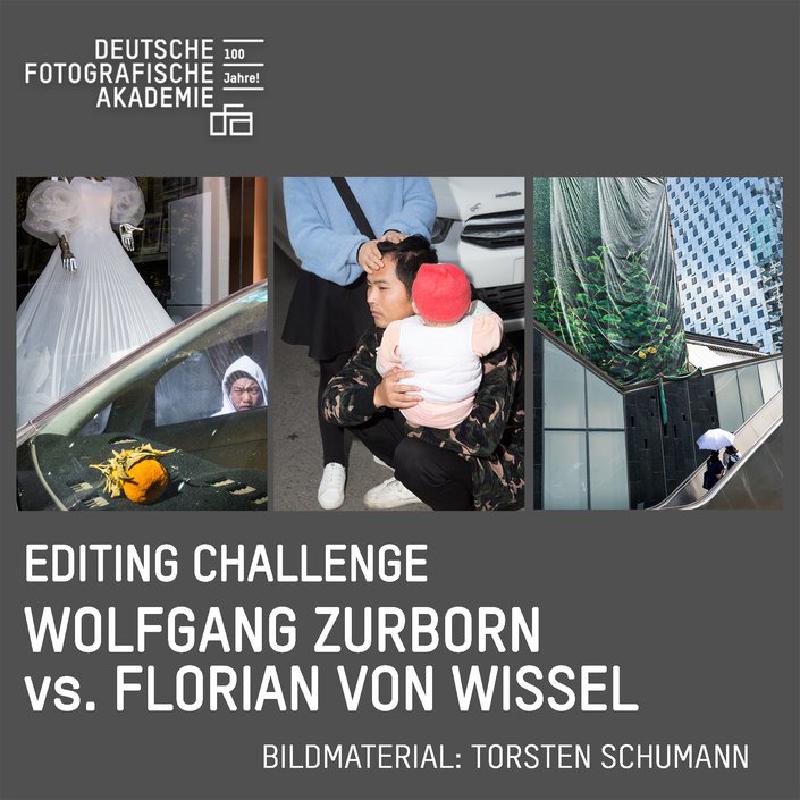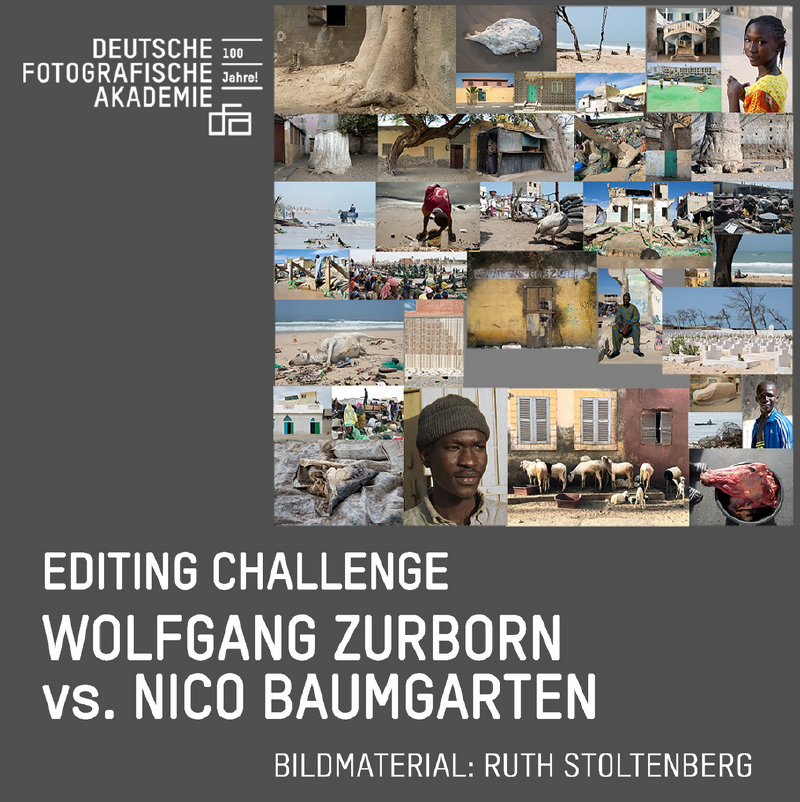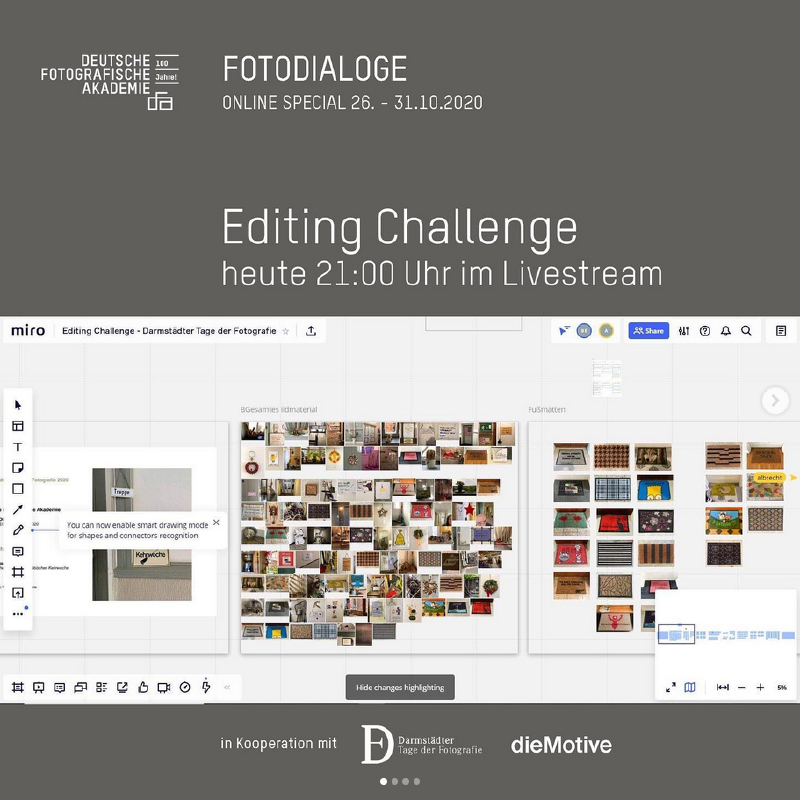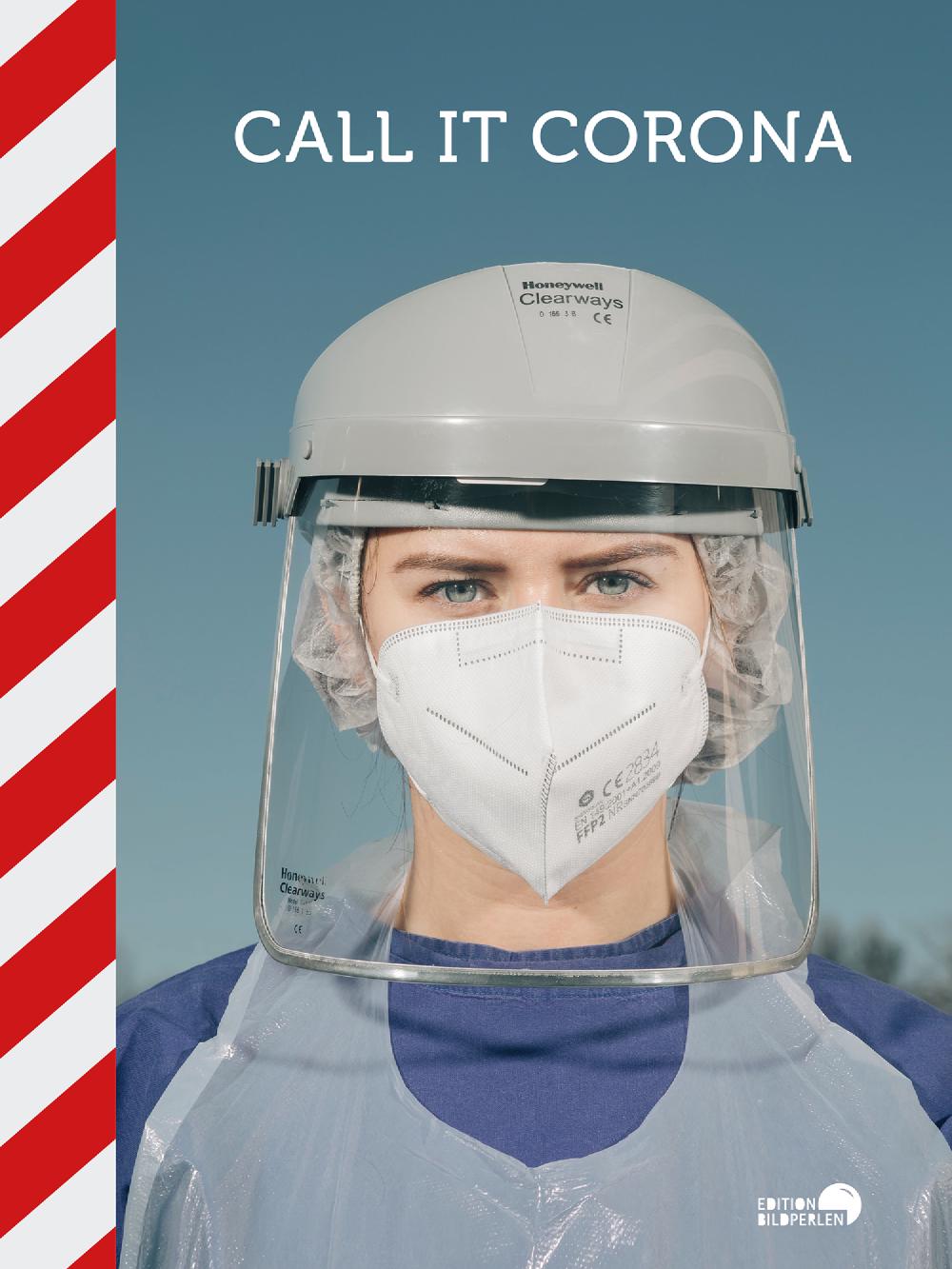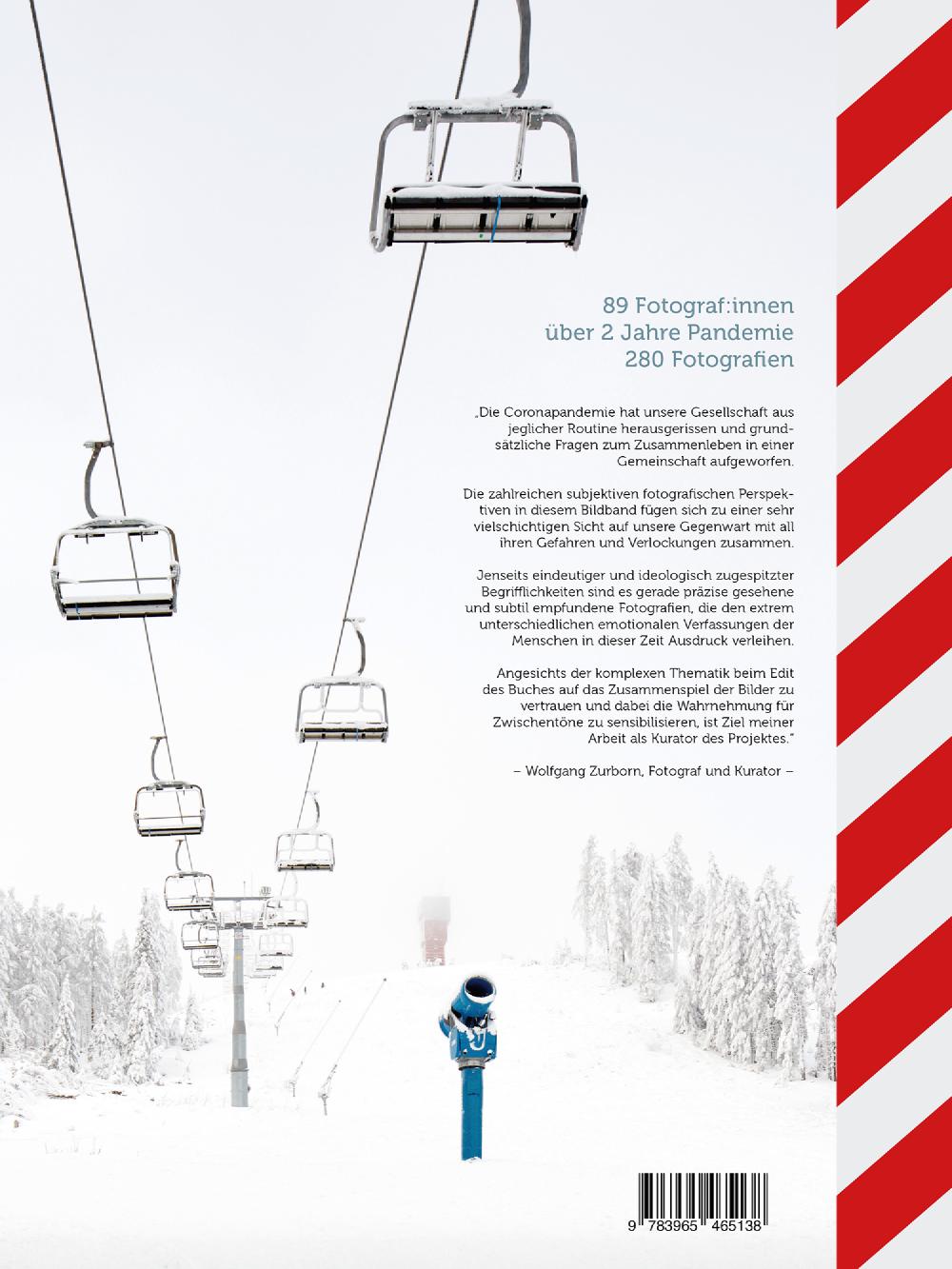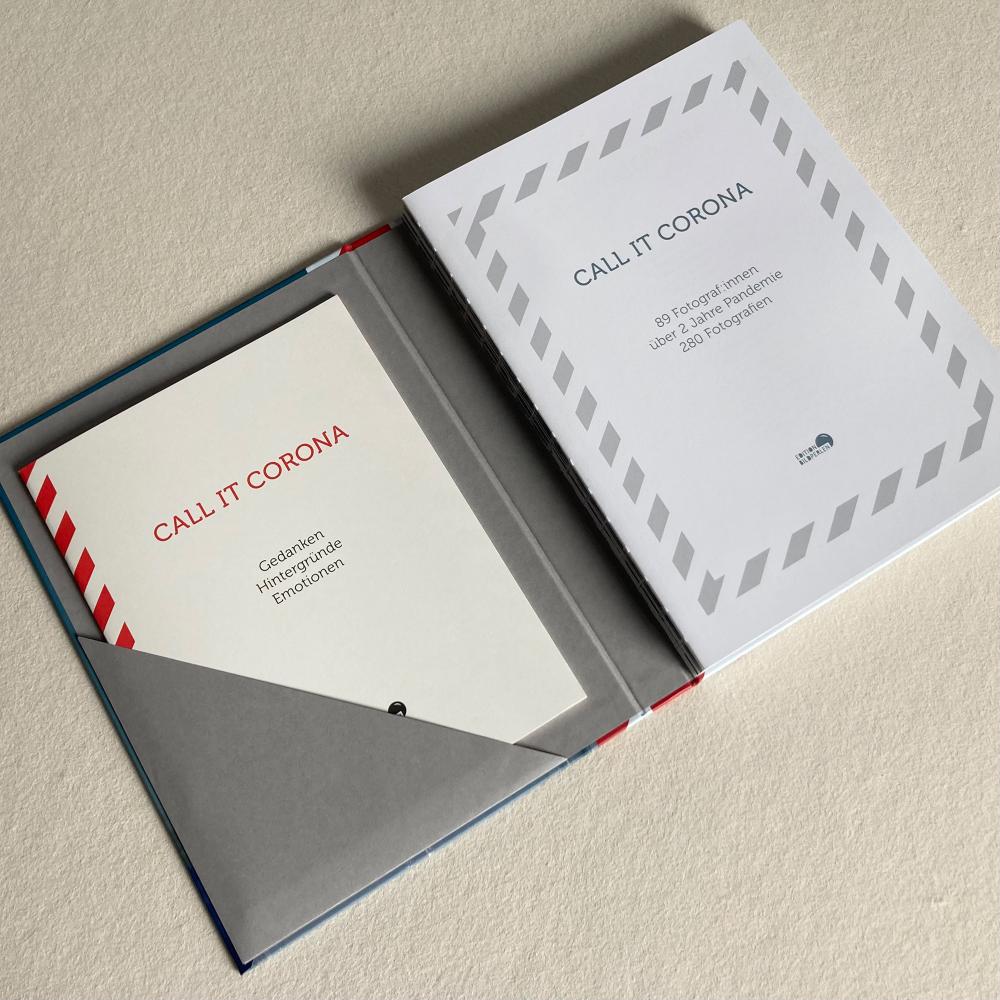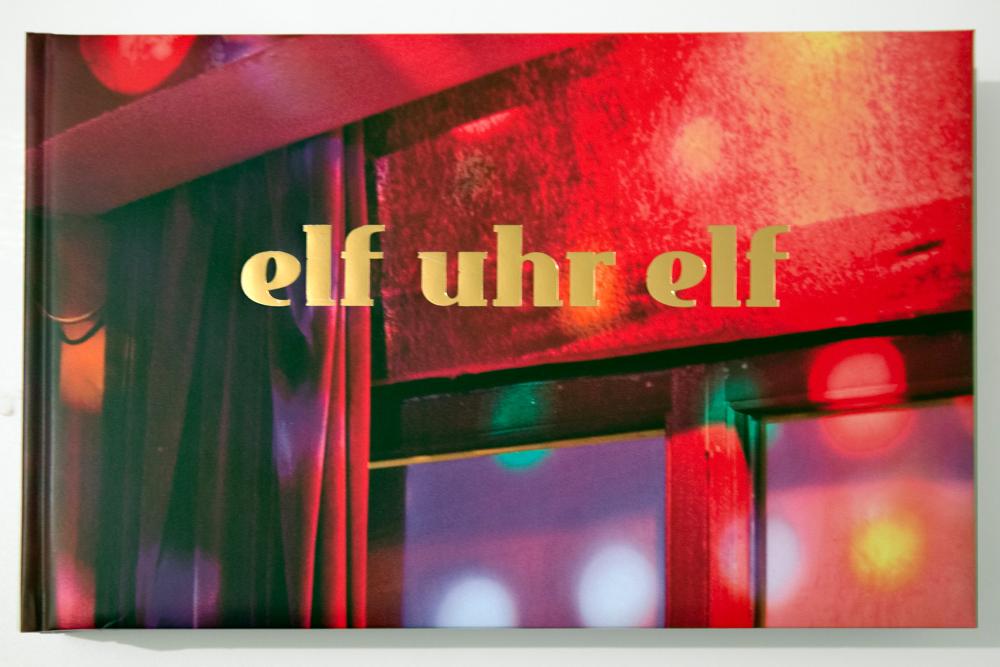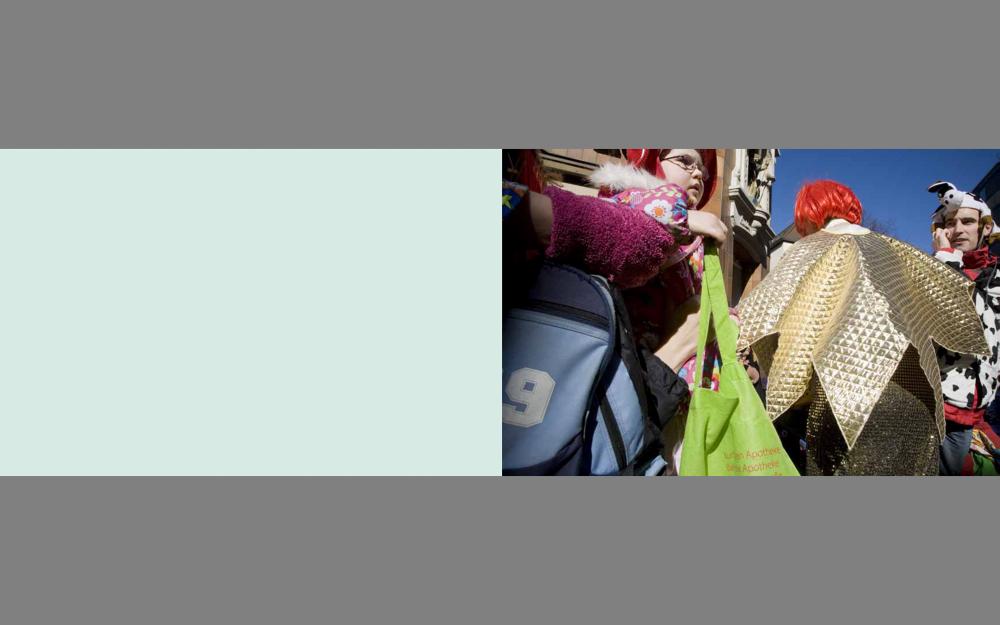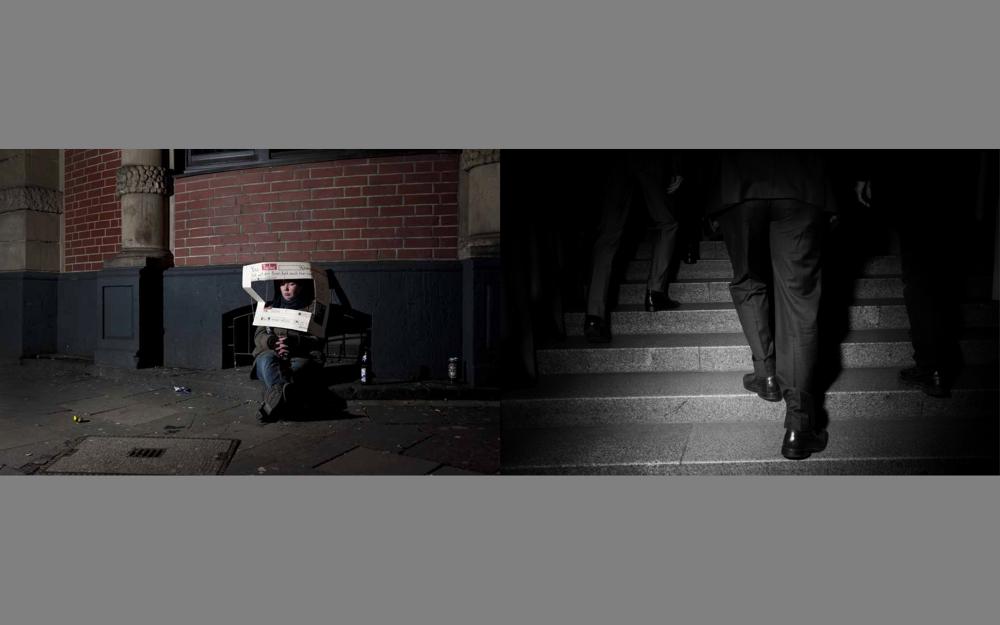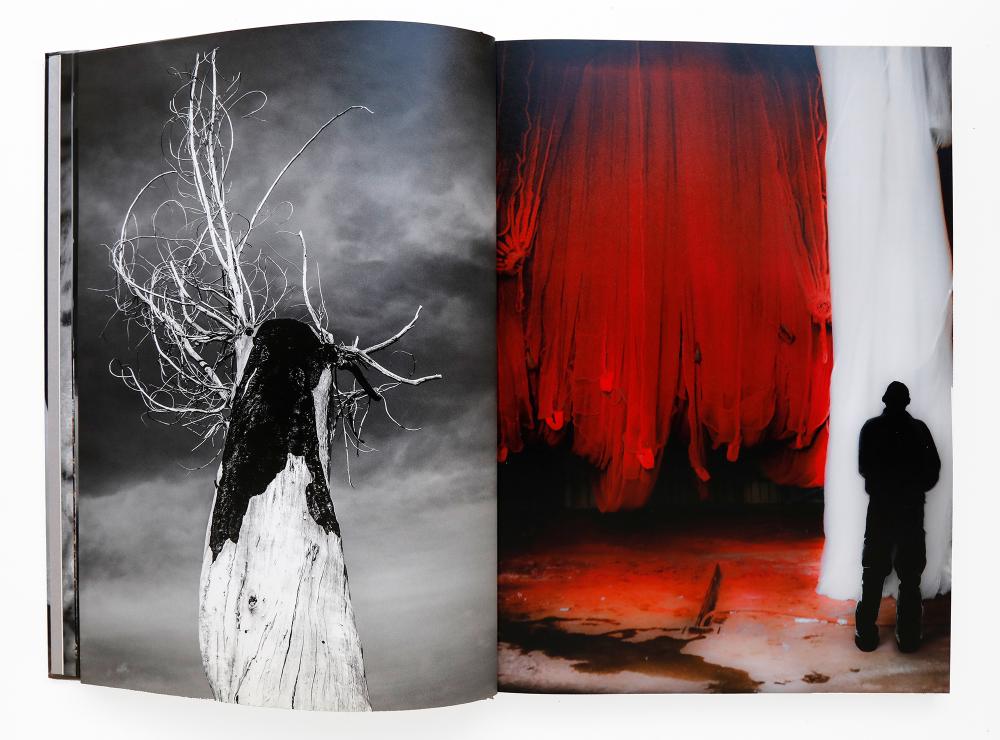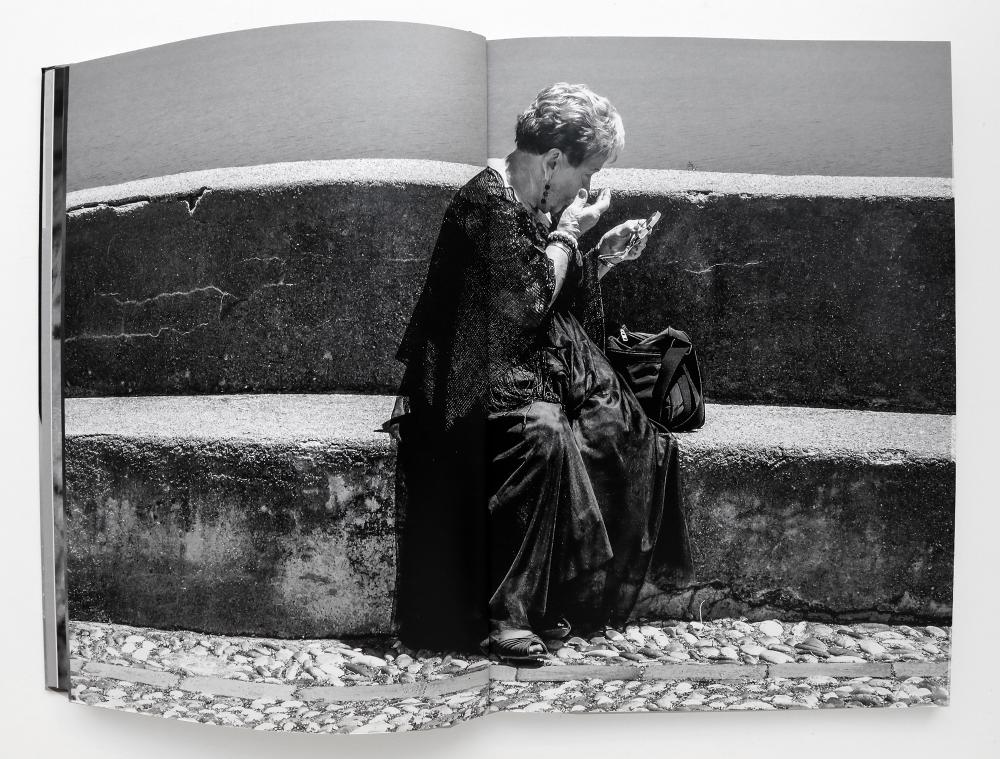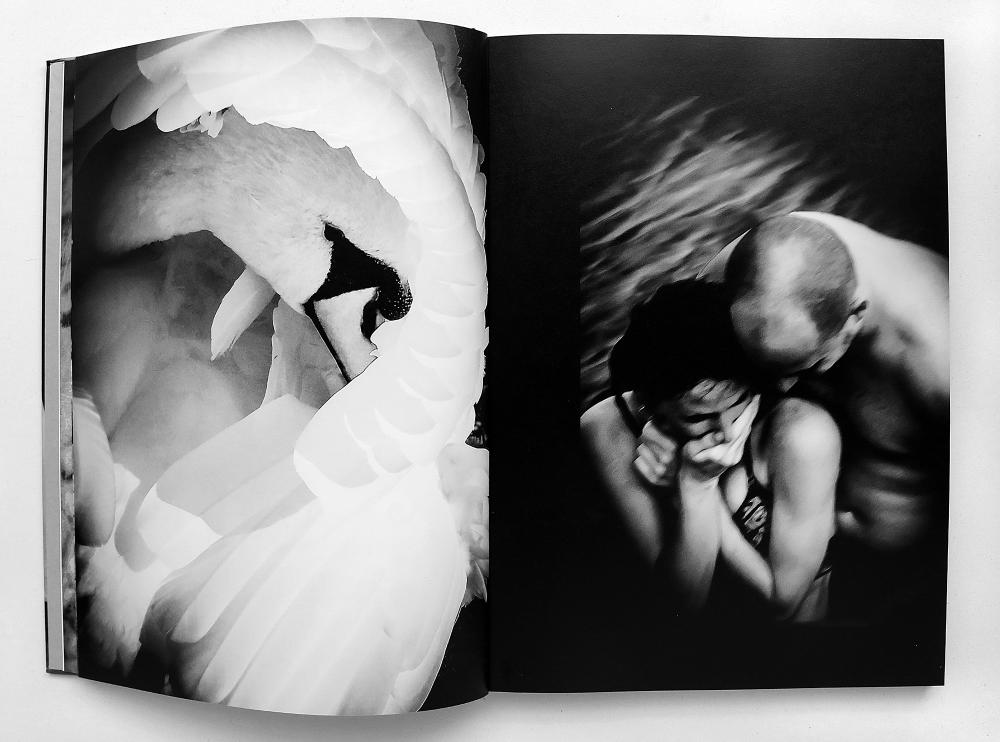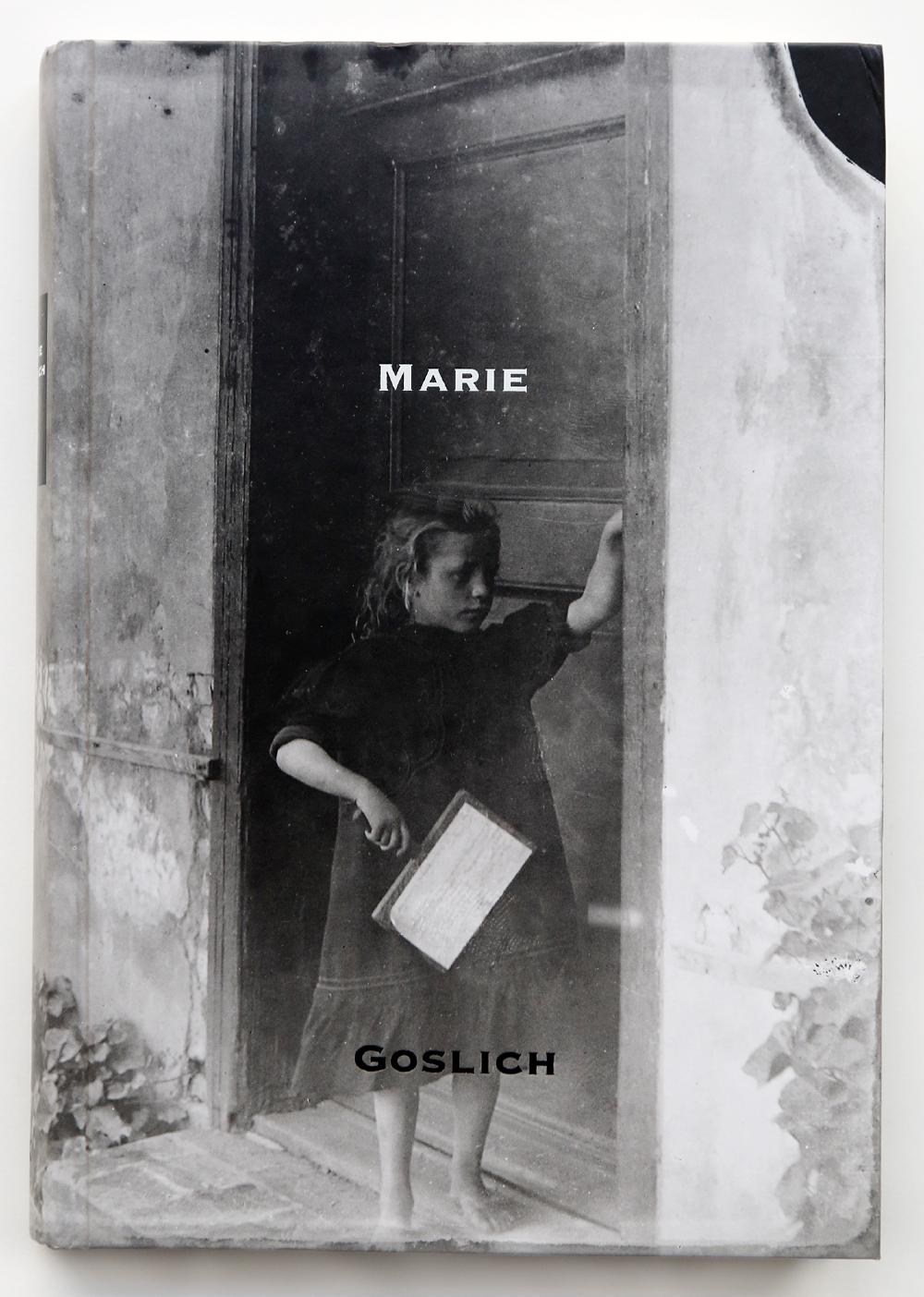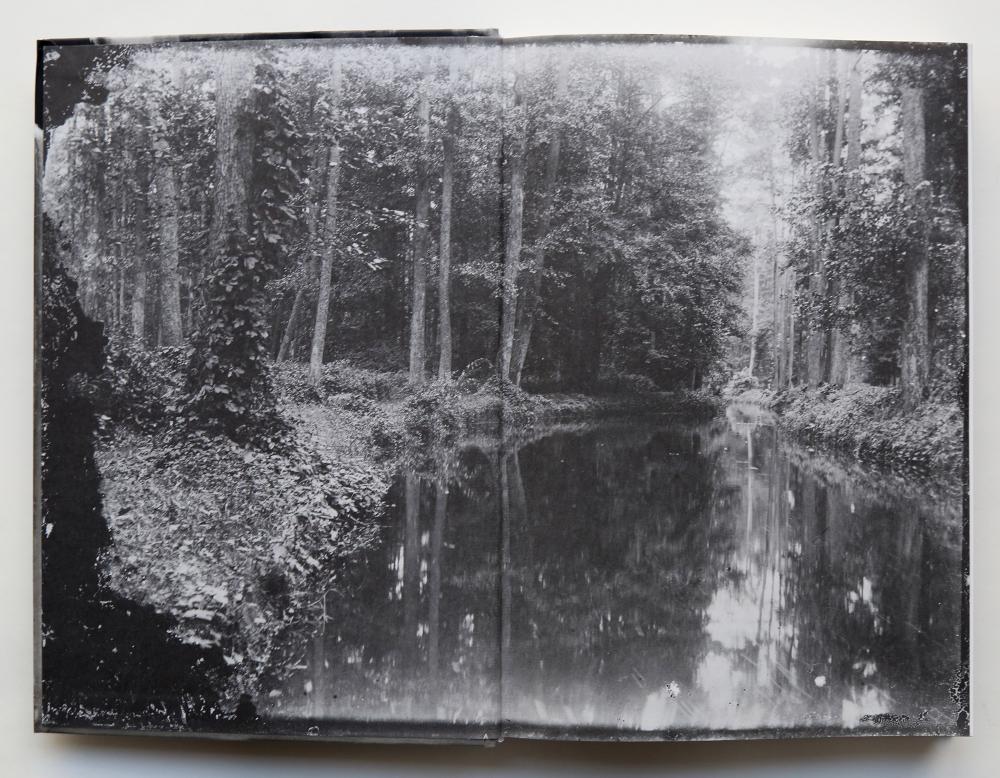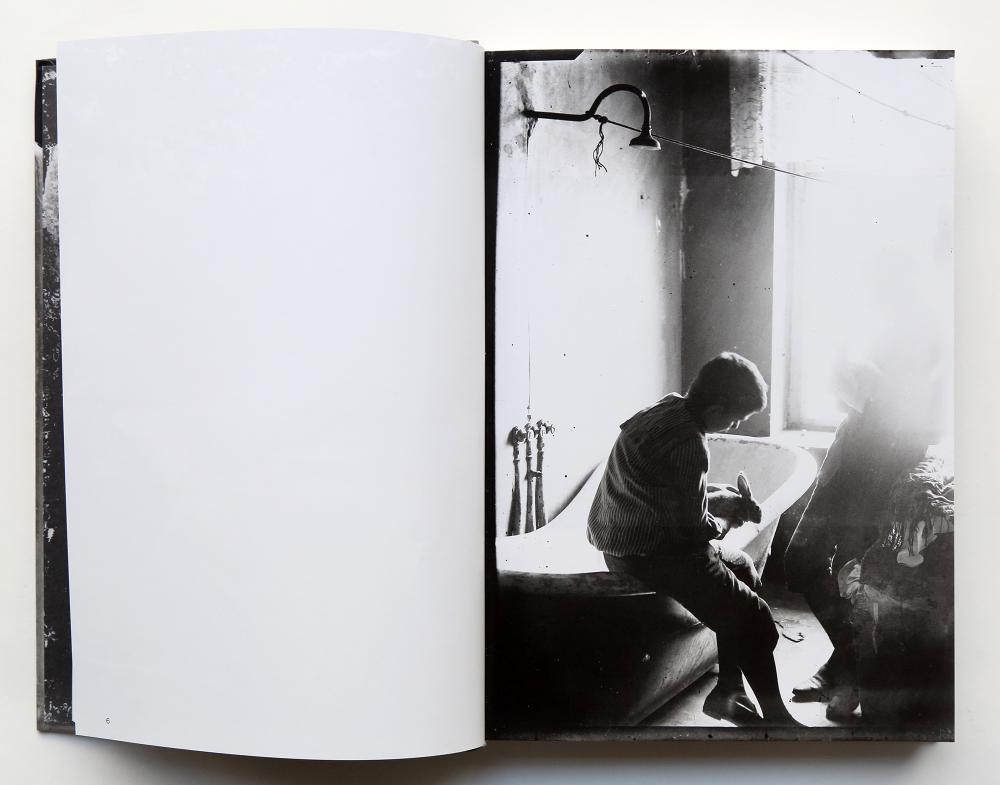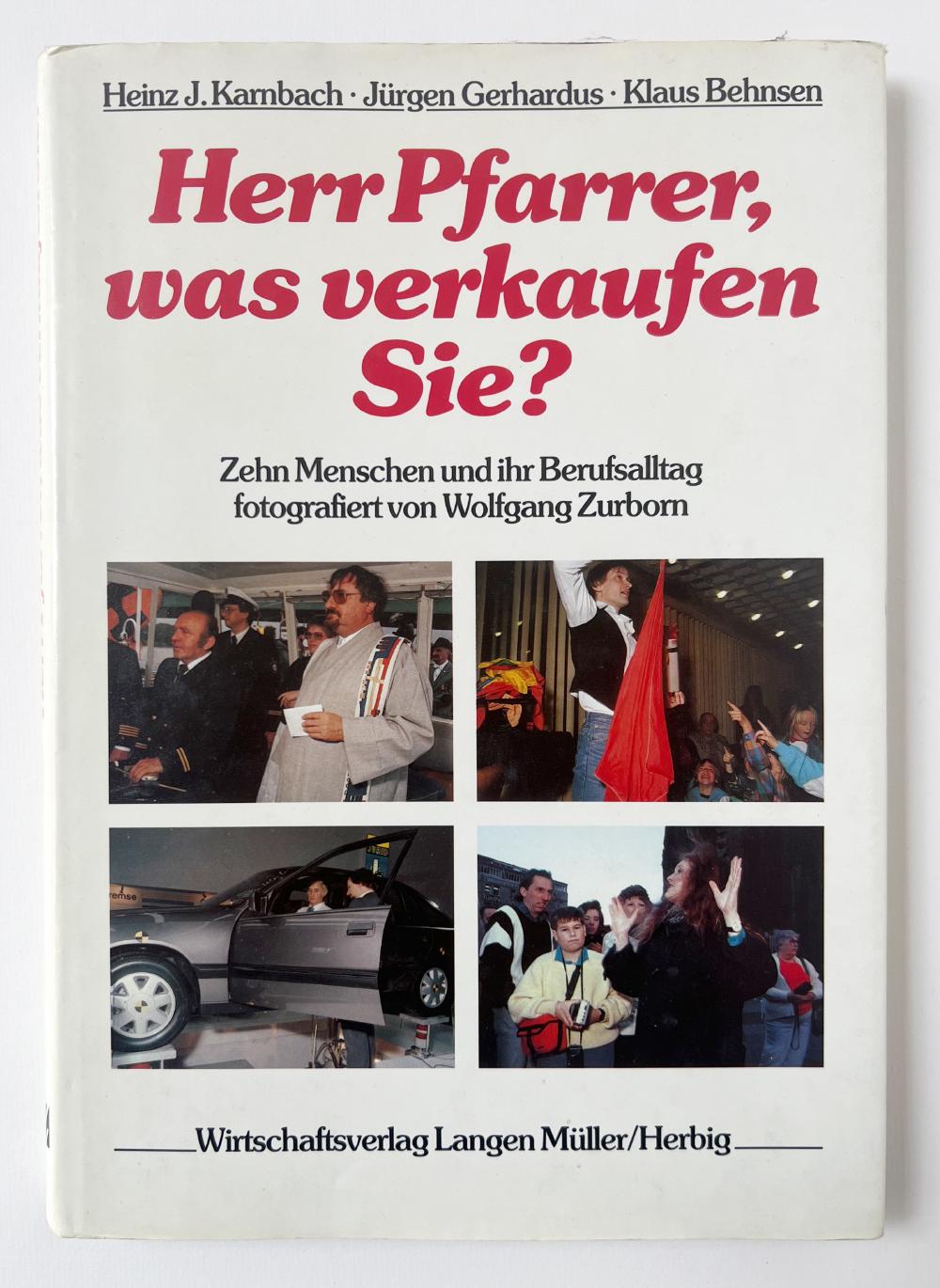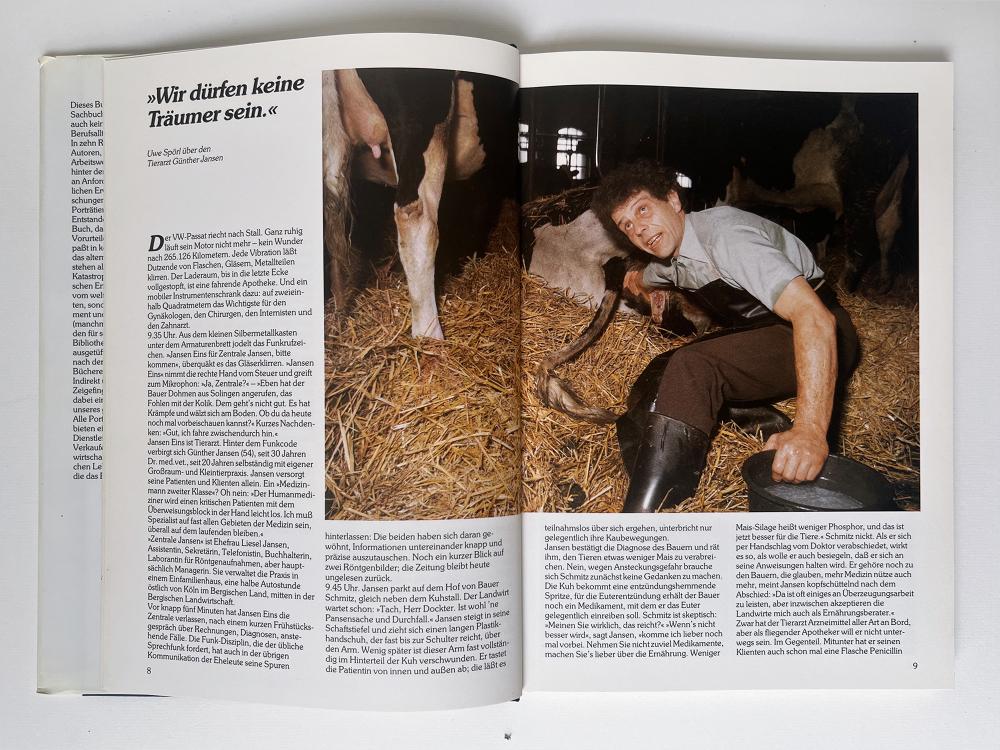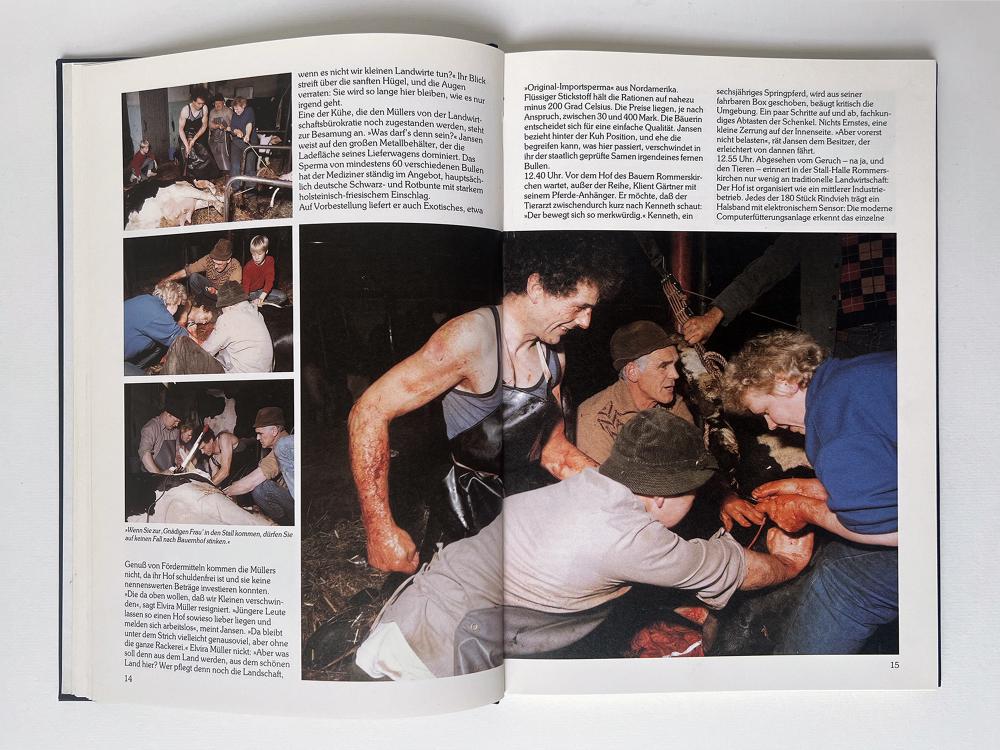Book Editing
The photo book is one of the most original means of expression in photography. A collection of images comes together to form a very personal blueprint of the world. The selection of the photographs, the dramaturgy of the picture sequence, the design of the book pages, the feel of the cover and many other details must carry the idea of a book in order to create a lasting effect on the viewer. Special care is appropriate in the production of a book. An exhibition can always be redesigned, but a publication shapes the view of a photographic work for generations.
In the DFA’s Editing Challenge, book designs are presented online by two editors. The videos are available on Youtube and can be viewed at any time.
In Workshops of the Lichtblick School (with Markus Schaden), book designs are created from works by the participants. Further info under https://www.lichtblick-school.com
Also listed are a selection of books that were created as commissions.
DFA EDITING CHALLENGE
Commissions
CALL IT CORONA
Photo book published by Edition Bildperlen
Curated by Wolfgang Zurborn
The publication will be available from mid-October in bookshops
or directly at www.callitcorona.com.
It includes an essay by author and journalist Johannes von Dohnanyi and epilogues by panic rocker Udo Lindenberg and FREELENS managing director Heike Ollertz. The project is supported by FREELENS, the professional association for photographers, and is funded by the Stiftung Kulturwerk - VG Bild-Kunst.
Book presentations
18.10.23 at 2.30 p.m., book launch at the Frankfurt Book Fair - “Podium Rheinland-Pfalz” stage in Hall 3.1. Stand F.85. The book is available at the stand of the publisher Edition Bildperlen.
26.10.23 at 19.00, book presentation at the FREELENS office, Alter Steinweg 15, Hamburg. Present will be curator Wolfgang Zurborn, book designer Nicole Keller, author Johannes von Dohnanyi, and FREELENS FREELENS Managing Director Heike Ollertz.
29.10.23 at 12.00, book presentation at Fotopioniere, Karl-Marx-Allee 87, Berlin. Present will be: Curator Wolfgang Zurborn.
Book facts
Title: CALL IT CORONA
Publisher: Edition Bildperlen
Language: Deutsch
Product: Hardcover mit Schweizer Bindung
Format: 210 mm x 280 mm
Pages: 256 Seiten mit Einleger 32 Seiten
ISBN-Nr.: 978-3-96546-513-8
Price: 49,95 €
With photographs by: Valeska Achenbach, Gustavo Alàbiso, Bernd Arnold, Michaela Auerswald, Werner Bachmeier, Steffen Baraniak / G2, Günther Bauer, Chiara Bellamoli, Daniel Biber, Jörg Brockstedt, Sonja Brüggemann, Christina Czybik, Sven Döring, Annette Etges, Thomas Gaulke, Jérome Gerull, Dagmar Gester, Isabelle Girard de Soucanton, Insa Hagemann, Andreas Herzau, Catherina Hess, Markus C. Hurek, Gesche Jäger, Christian Jungeblodt, Patrick Junker, Carina C. Kircher, Sophie Kirchner, Danny Kötter, Alex Kraus / Kapix, Frank Krems, Dirk Krüll, Patricia Kühfuss, Marco Larousse, Manfred Linke, David Lohmueller, Oliver Mengedoht, Jörg Modrow, Mario Moschel / der Knipser, Heiner Müller-Elsner, Carsten Nichte, Ralph Pache, Jeannette Petri, Hans-Christian Plambeck, Henriette Pogoda, Achim Pohl, Friedhelm Rettig, Sascha Rheker, Steffen Oliver Riese, Raymond Roemke, Debora Ruppert, Jens Schlüter, Rolf Schulten, Hinrich Schultze, Markus Schulze, Julia Schwendner, Ravi Sejk, Bertram Solcher, Bente Stachowske, Andreas Teichmann, Marco Urban, Andreas Varnhorn, Alexandra Vosding, Uta Wagner, Michael Wallmüller, Gordon Welters, Mayk Wendt, Deff Westerkamp, Claudia Wiens, Michael Zegers, Sibylle Zettler, Jennifer Zumbusch
Community projects: David Baltzer & Fritz Engel, Rafael Heygster & Helena Manhartsberger, Astis Krause & Charlotte Sattler
We give Hamburg perspective: Valeska Achenbach, Frieder Blickle, Sonja Brüggemann, Michael Bogumil, Melanie Dreysse, Kirsten Haarmann, Frederika Hoffmann, Nicole Keller, Urs Kluyver, Oliver Görnandt-Schade, Christina Körte, Johannes Mairhofer, Heiner Müller-Elsner, Tobias Oechler, Henriette Pogoda, Pat Scheidemann and Sibylle Zettler
elf uhr elf
For the first time, nine of Cologne’s best-known photojournalists and photo artists have prepared the Cologne Carnival as a as a collaborative photographic art project for the first time: Ute Behrend, Theodor Barth, Thekla Ehling, Dirk Gebhardt, Matthias Jung, David Klammer, Frederic Lezmi, Nadine Preiß und Wolfgang Zurborn
elf uhr elf sympathises with the actors and the festival itself. The Cologne carnival is not only one of the biggest of the republic, but for the Rhinelander it is the pure form of happiness that provides him with lasting strength and energy. The photographers have sought out themes, stories and people that portray carnival as a as a multi-layered, powerful and topical cultural event. They create a modern and exciting picture of the Cologne carnival between the gentlemen’s session and the street carnival, between glimpses into the private world of the club’s chairmen and the public bliss of love, between reality and fairy tale. The photos show the celebration of the little people in the suburbs and the international flair of the Rose Monday procession as well as the mystical, archaic and fantastic of alternative culture.
elf uhr elf
published by Kettler Verlag, 2014
photographs by: Ute Behrend, Theodor Barth, Thekla Ehling, Dirk Gebhardt, Matthias Jung, David Klammer, Frederic Lezmi,
Nadine Preiß and Wolfgang Zurborn
124 pictures
144 pages
Texts on carnival by the authors: Norbert Hummelt, Adrian Kasnitz, Martin Stankowski, Ute Wegmann, Lars Weisbrod and
Christoph Wirtz.
Epilogue: Dr. Michael Euler-Schmidt from Kölnischen Stadtmuseum
Publisher: elfuhrelf GbR
Picture edit: Wolfgang Zurborn
Editorial office Ute Behrend, Thekla Ehling, Nadine Preiß
Layout: eye-d Designbüro, Stefan Dolfen
ISBN: 978-3-86206-337-6
La Lunga Strada by Monika Barth
Text by Wolfgang Zurborn
The photographs of the series La Lunga Strada by Monika Barth take the viewer on a journey through different frames of
mind between faith, love, hope and desperation. The concrete locations of her photographs in Italy, Ukraine, Norway, and
Costa Rica merge in the flow of images to form an existential space filled with religious, cultural and political
contexts. In their sequencing, however, the photographs do not fit together to form a linear story, a clear message. The
often surreal-looking concatenations of motifs and the paradox of the relationships between the different layers of an
image rather give the protagonists of this peculiar theatre of real life the freedom to embody a vital spectrum of
emotions. It is the precise eye for the special moment, the archaic in the everyday, the expressive voice, the magical
idealisation, with which the photographer lends her portraits, street scenes, nature shots, still lifes and
architectural details a narrative power beyond all anecdote. With her photographic diary of journeys between 2018 and
2020, she creates a radically subjective document of our contemporary globalised world, in which she abandons any
objectifying distance. She is driven by a great empathy for people, and it is her special ability to create a closeness
in the foreign. The virtuoso balancing act between document and invention, between realism and magic is what makes the
book La Lunga Strada so special.
Book published by Kehrer Verlag, 2020
Text: Wolfgang Zurborn
Image layout: Wolfgang Zurborn
Design: Monika Barth and Kehrer Design
21 x 29,7 cm
112 Pages
17 color and 65 b/w illustrations
Deutsch / German
ISBN 978-3-96900-012-0
A World behind Glas by Marie Goslich
Born in Frankfurt (Oder) in 1859, Marie Goslich tried her hand at various things before beginning to work as an “author and editor”. Cited in Berlin’s residents register, this professional title alone is remarkable for a woman of her time. To cap it all, she began training as a photographer at the age of 44 in order to be able to provide her own pictures for her articles. Consequently, she became one of the first professional female photographers in the world. In 2008, a part of her estate which was long thought to have been lost was rediscovered in a guest house in Geltow at the Schwielowsee lake. Some 400 glass plate negatives still exist today, having survived the chaos of two world wars. With social injustice being her main concern, Goslich wrote and illustrated many articles, some of which were quite radical, to address the causes of suffering and misery. Again and again, her works denounce the gap between rich and poor and portray travelling people, street vendors, beggars, ragmen and tinkers. All of her pictures betray her empathy towards her subjects, giving her photos a very intimate and rousing effect. This book makes Goslich’s comprehensive work available to the public 100 years after it was created, celebrating her as a bold pioneer and grande dame of German photojournalism and social critique.
Father, what are you selling?
Ten people and their everyday work photographed by Wolfgang Zurborn
This book is not a textbook or a non-fiction book on professional studies. It is also not a publication that polishes the daily to a high gloss. In ten reportages, ten authors try to capture something of the reality of the working world. What stands behind the job titles - in terms of requirements, goals, personal expectations and disappointments? And how do the people portrayed deal with it? The result is an exciting book that dispels clichés and prejudices. The vet doesn’t fit into any home movie, and for the alternative ensemble of actors, everyday trivia and catastrophes take precedence over artistic success. The pastor has nothing of the world-weary shepherd of souls, but instead fights for his parish with commitment and unconventional (sometimes uncomfortable) methods.
Indirectly, and without a cautionary finger, the book reveals a central aspect of our social life. All those portrayed sell; all offer a benefit - whether as a service or as a product. Selling is the driving force of our economic and social life - in all the variations presented in the book.
Published in 1988 by Wirtschaftsverlag Langen-Müller/Herbig
201 Color photographs by Wolfgang Zurborn
Text by Uwe Spörl, Lutz Kulling, Harald Biskup, Cornelia Unger-Leistner, Jens Olesen, Willi Mertens, Walter Filz,
Gerd Fünderich, Christian Bügel, Jürgen Bever
128 pages
30 x 21 cm. linen cover
Image layout: Wolfgang Zurborn
Conception and editorial work Dr. Hans Scheurer, Schellen PR. Bergheim
Stefan Scherf, Das goldene Vlies, 2021, 104 pages, 29,7 x 21 cm,
https://www.scherfphoto.com/buch-das-goldene-vlies/
Stefan Hammer, Mao’s Paradise, 2016, 107 pages, ISBN: 978-94-6226-259-1
https://www.hammerphotography.de/books/maos-paradise/
Hillert Ibbeken - Revue: Schichten der Erinnerung 1954-2014, 2014, 128 pages, 20,5 x 30,9 cm, ISBN 9783862064021
http://www.hillert-ibbeken.de/revue.html
Harald Schwertfeger, Polis, 2020, 80 pages, 26 x 30 cm, ISBN 978-3-86206-792-3
https://www.verlag-kettler.de/de/buecher/harald-schwertfeger-polis/
